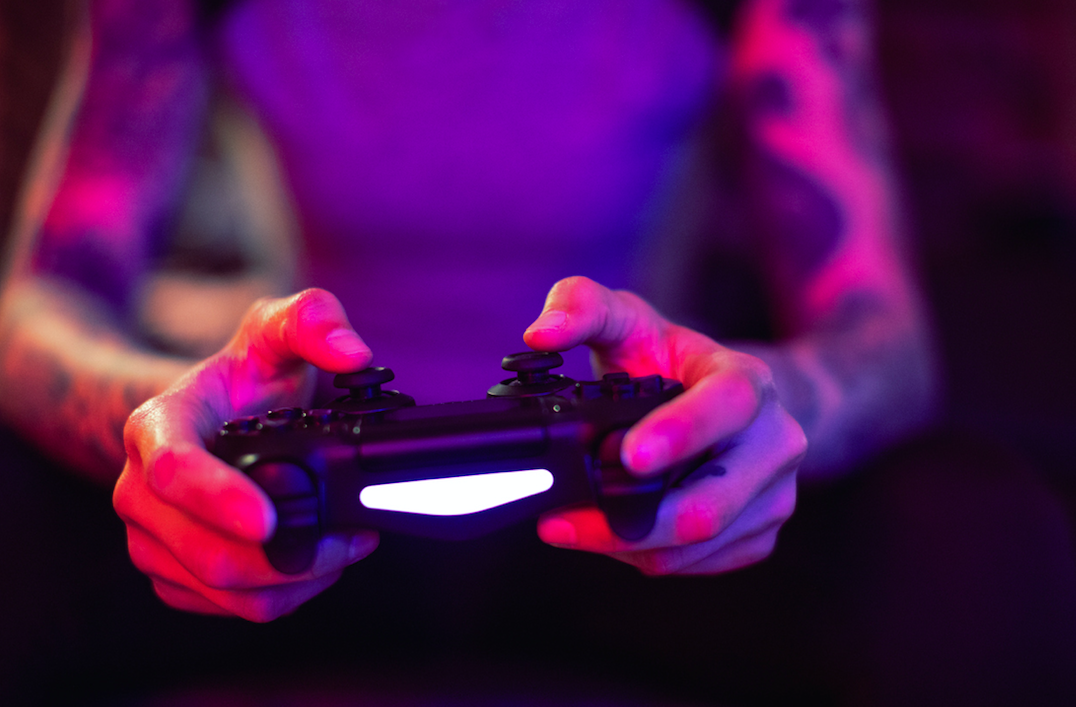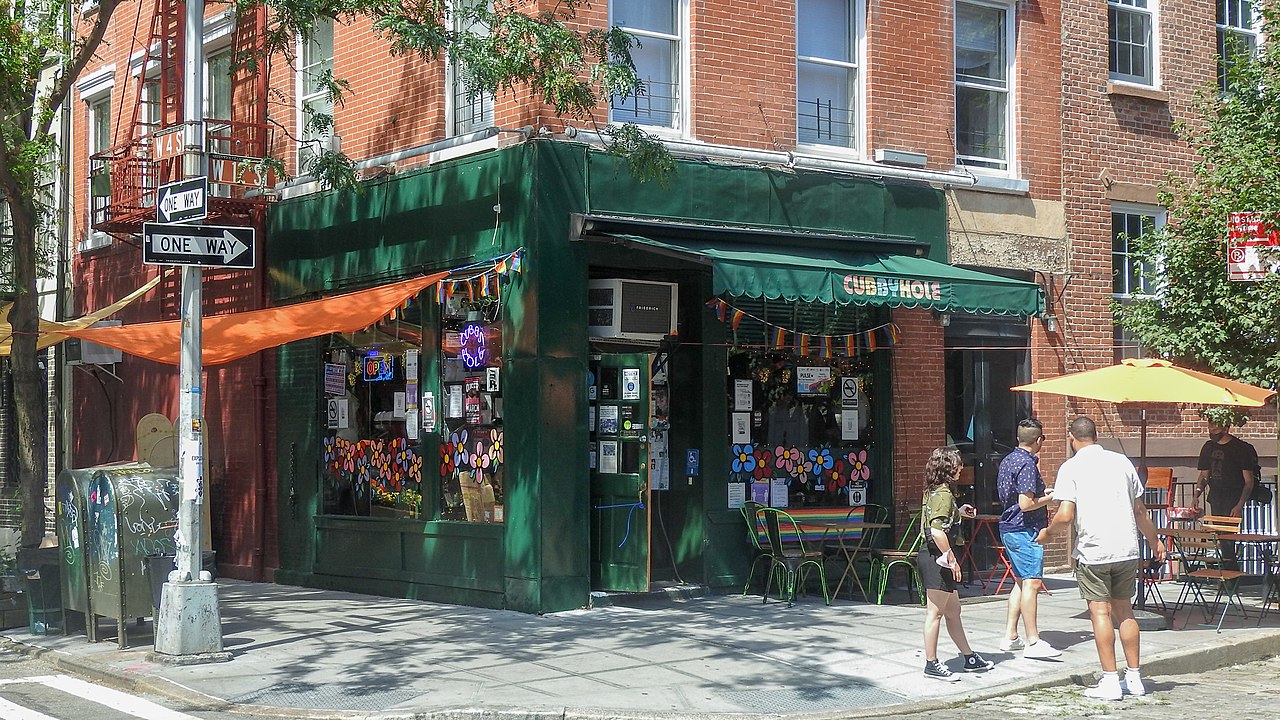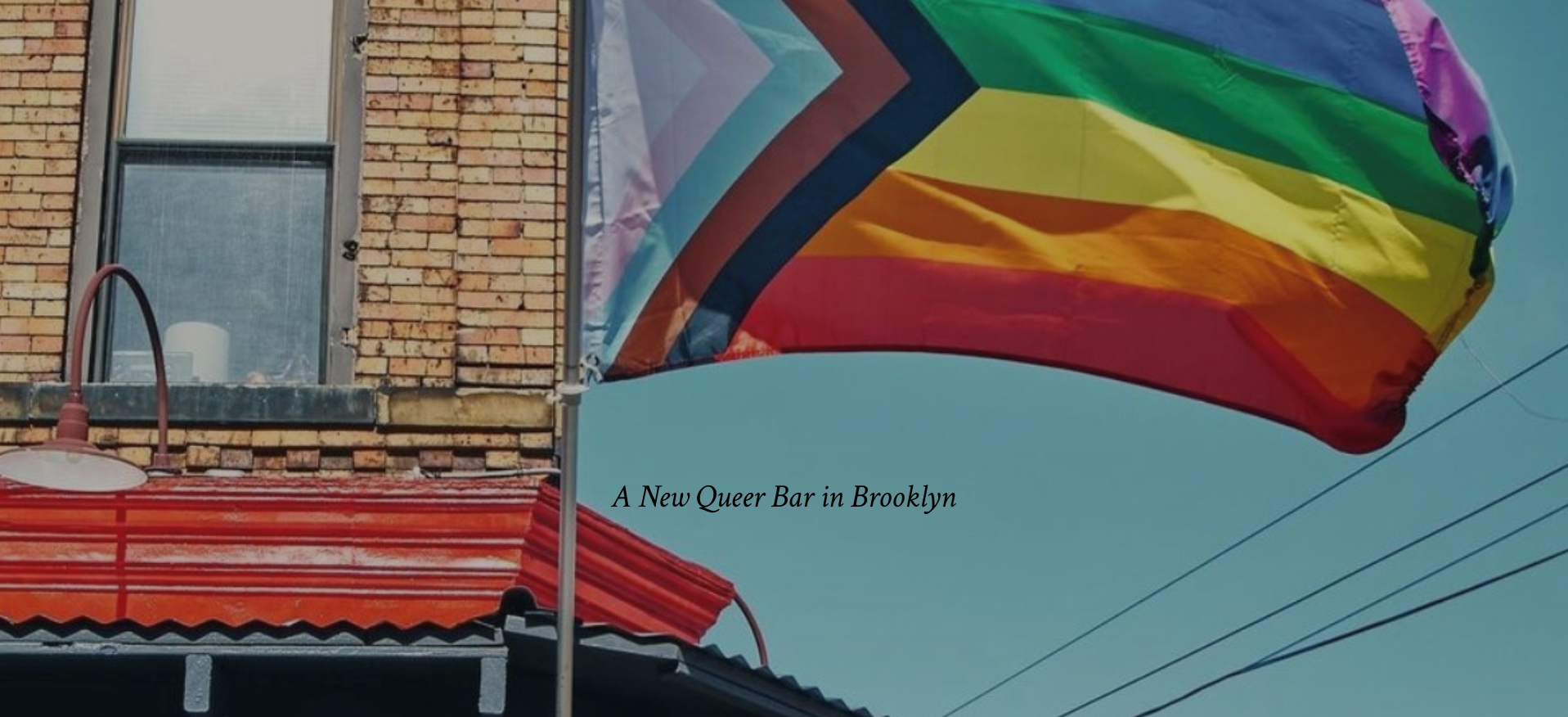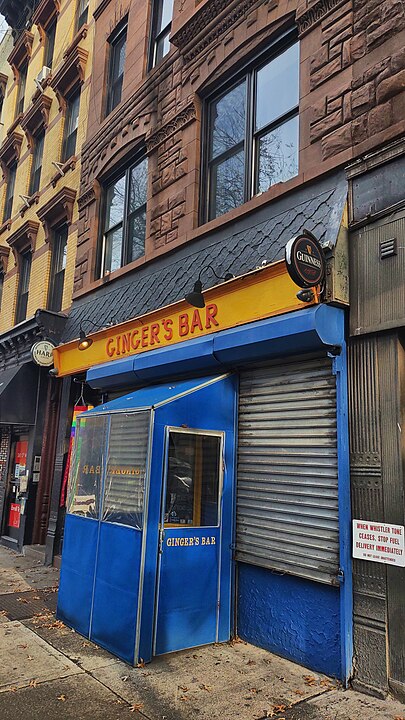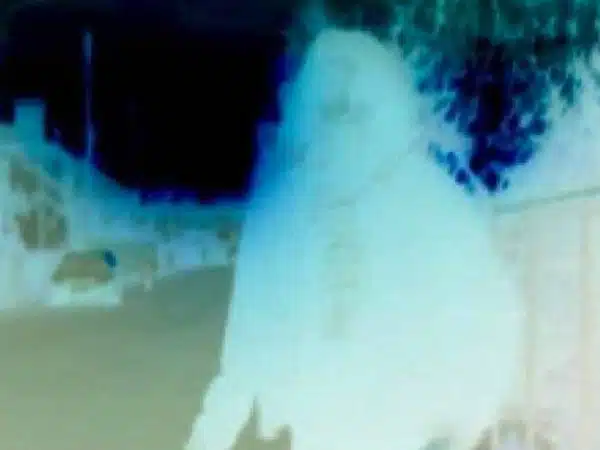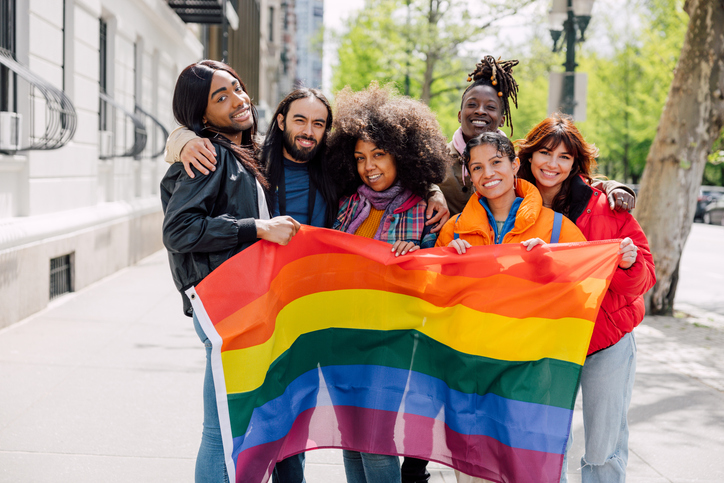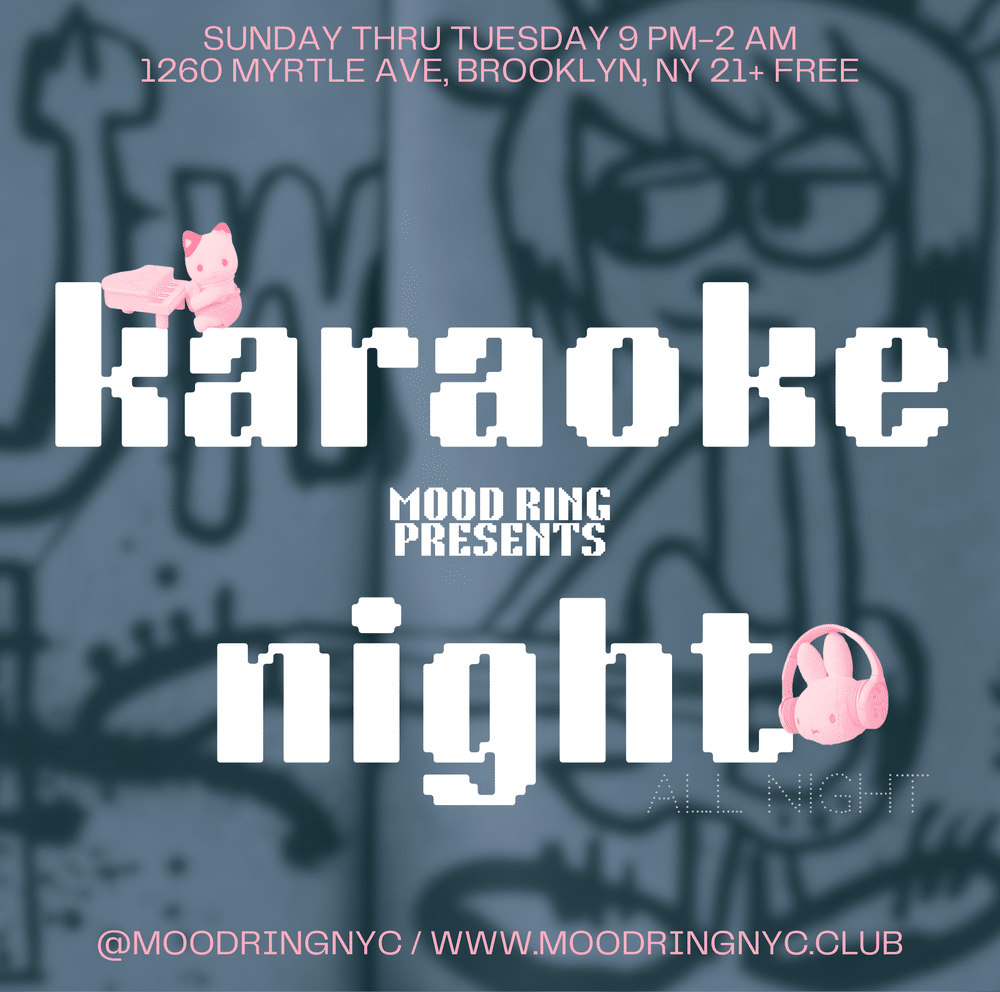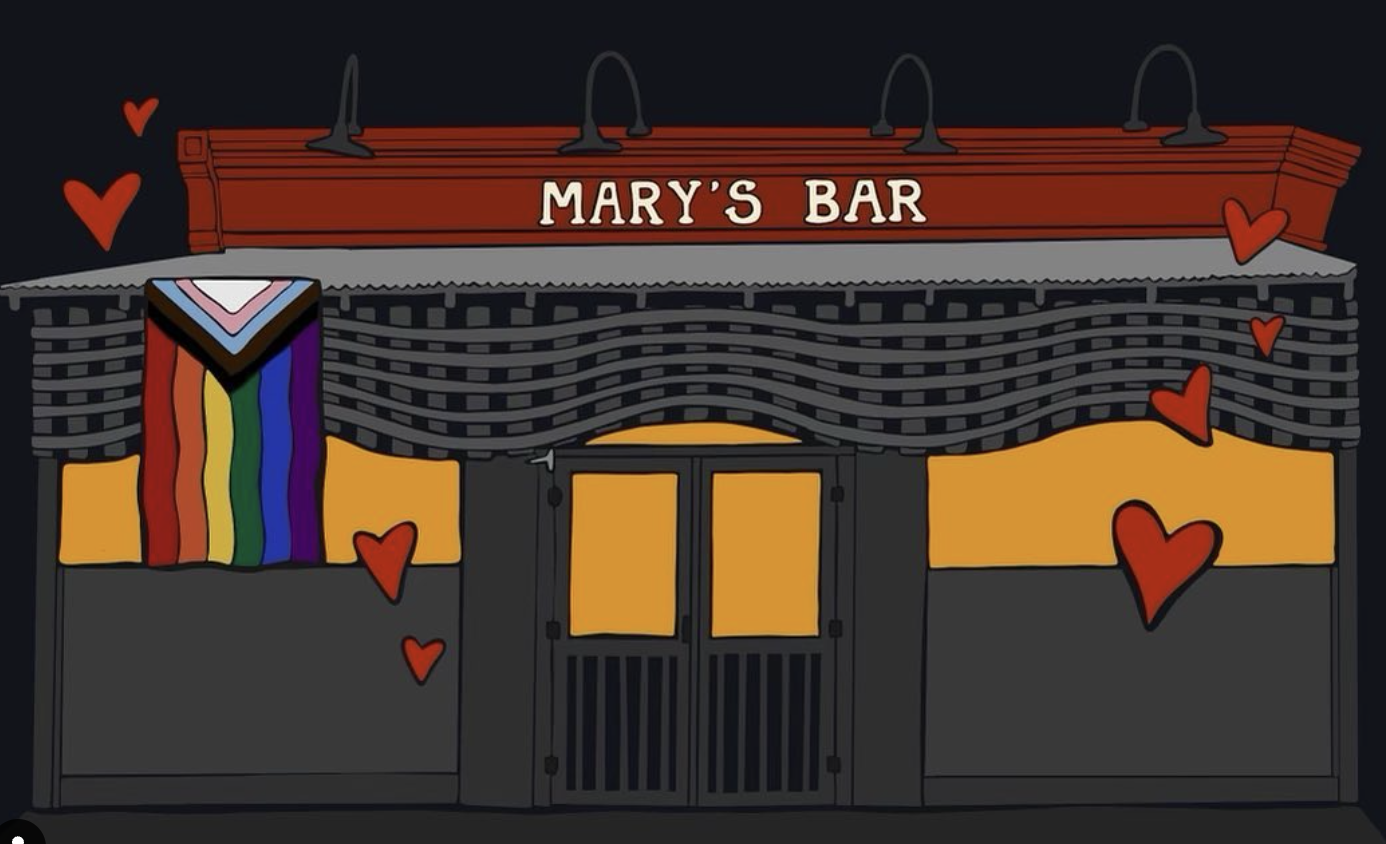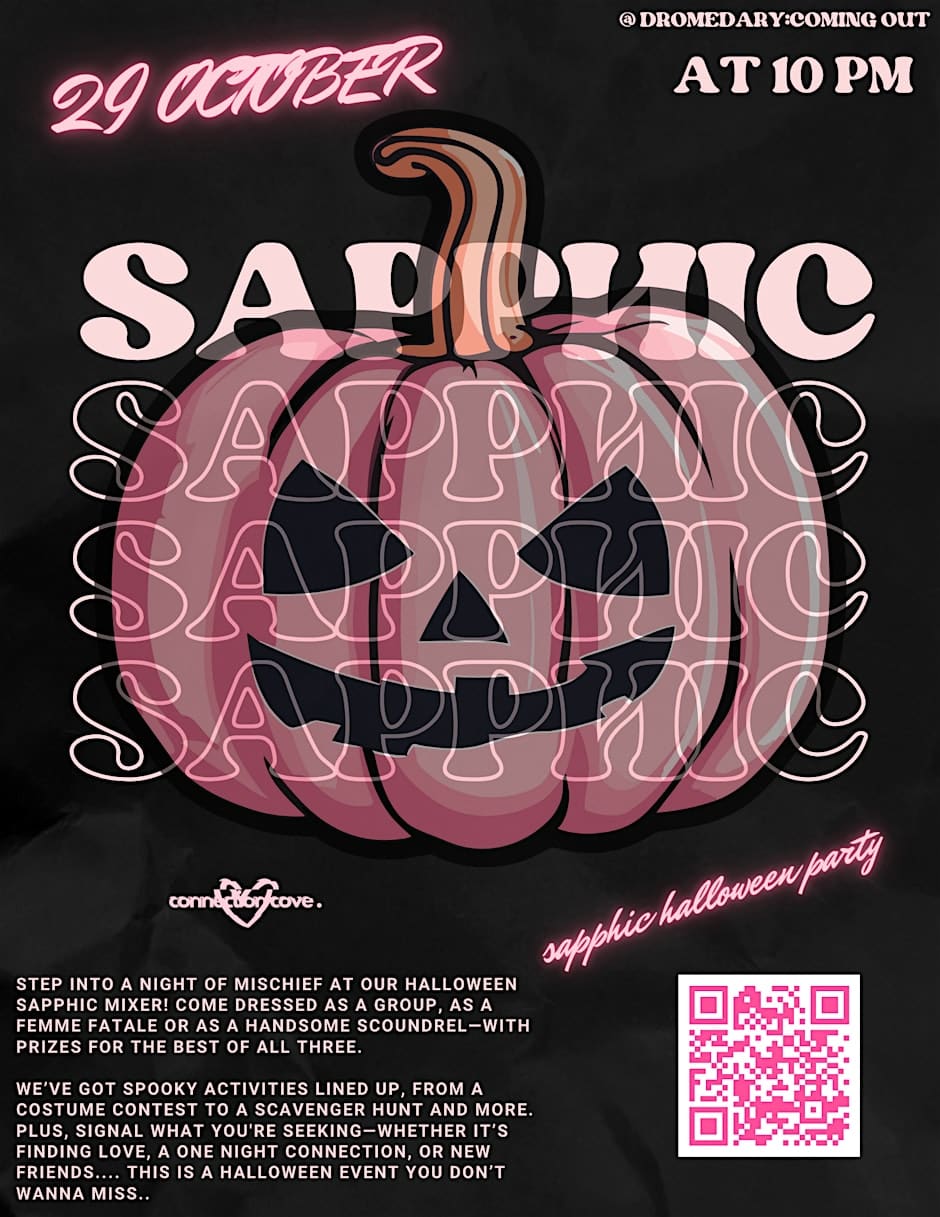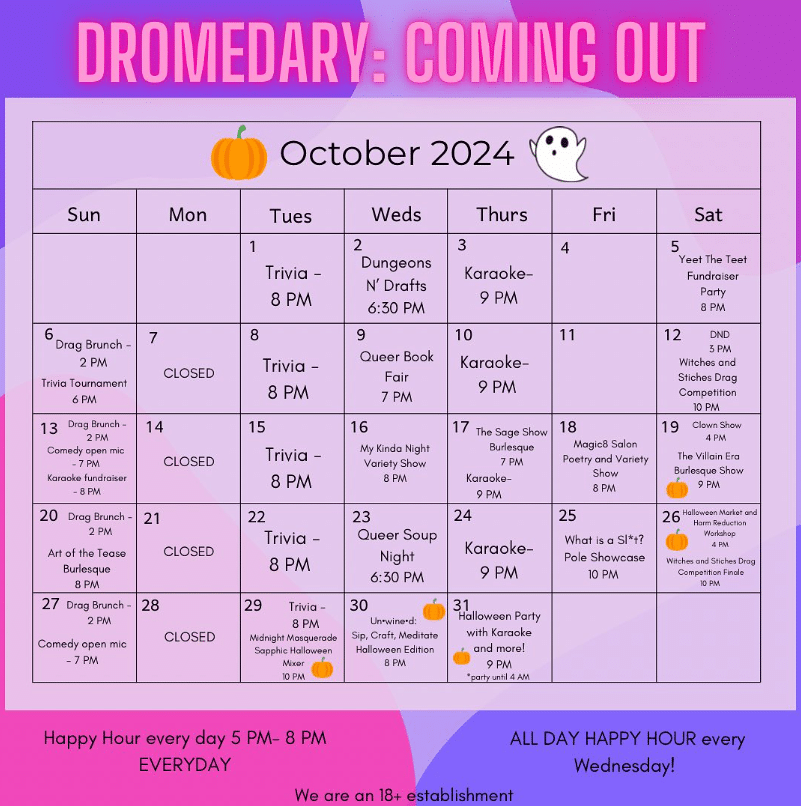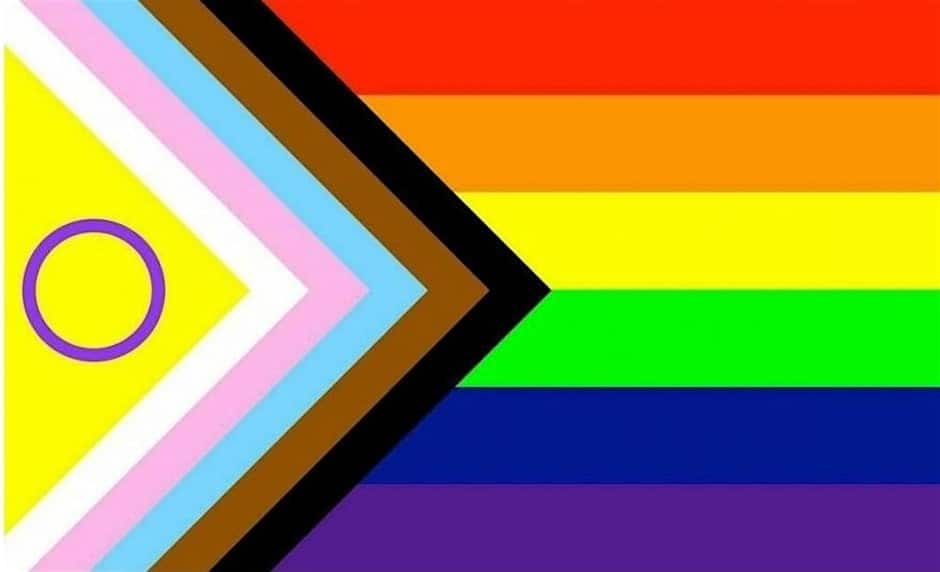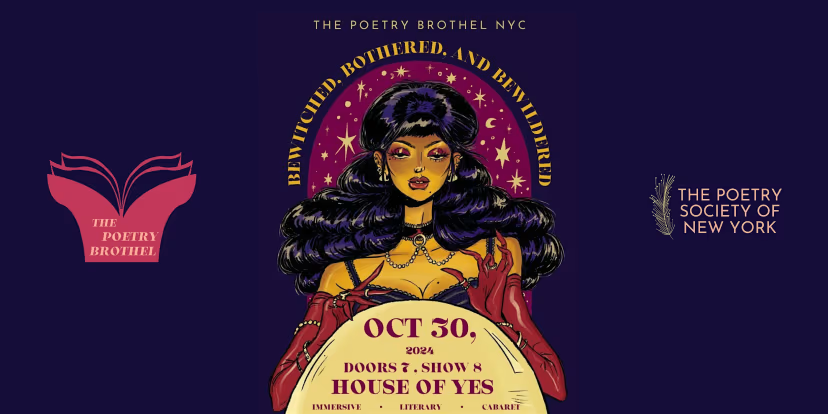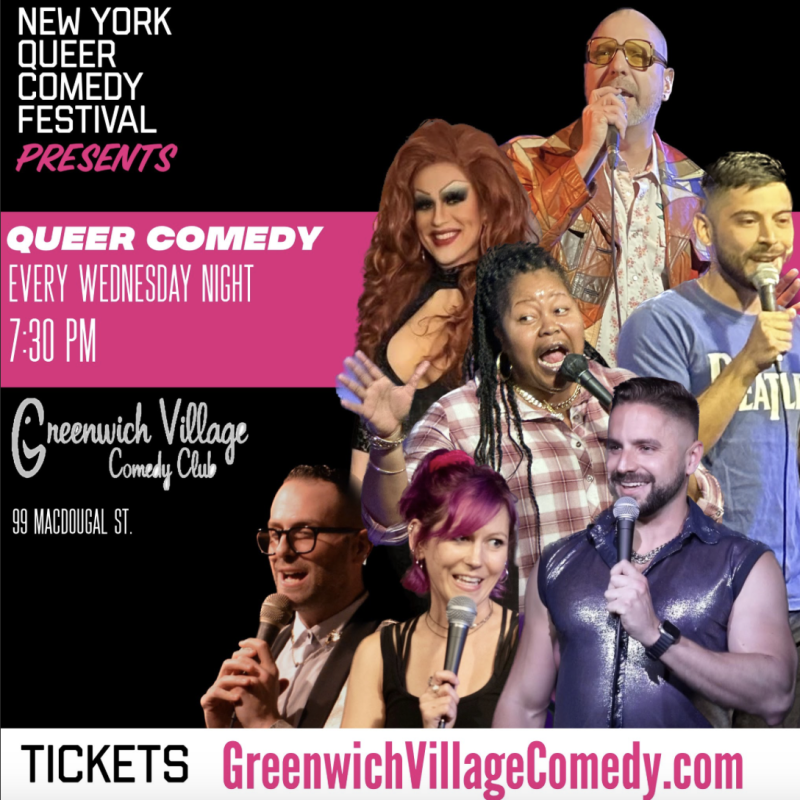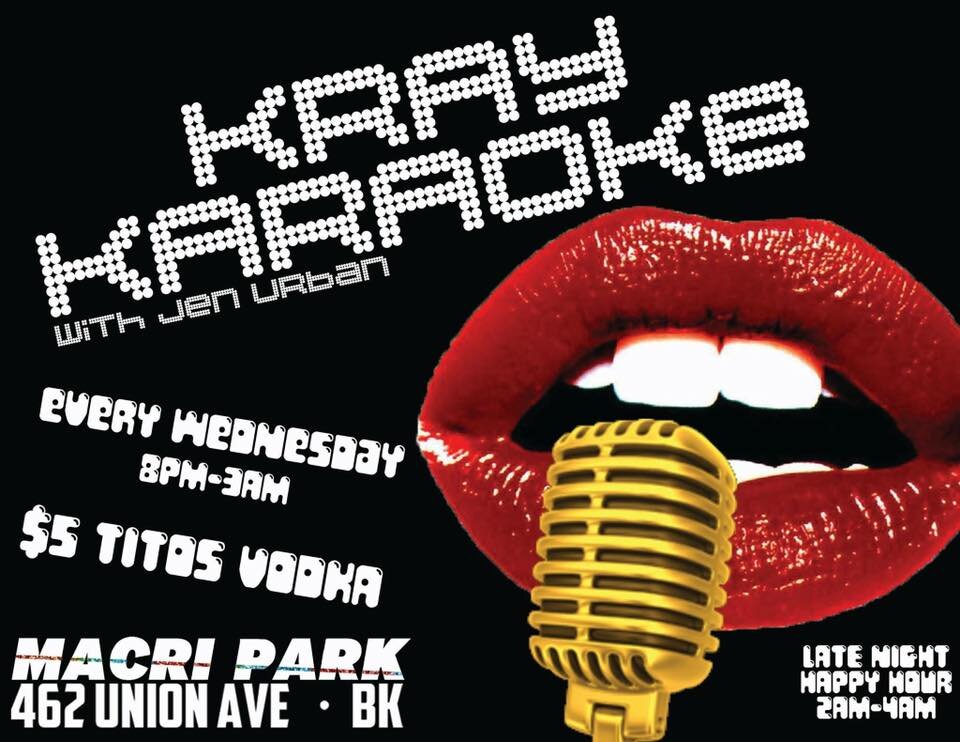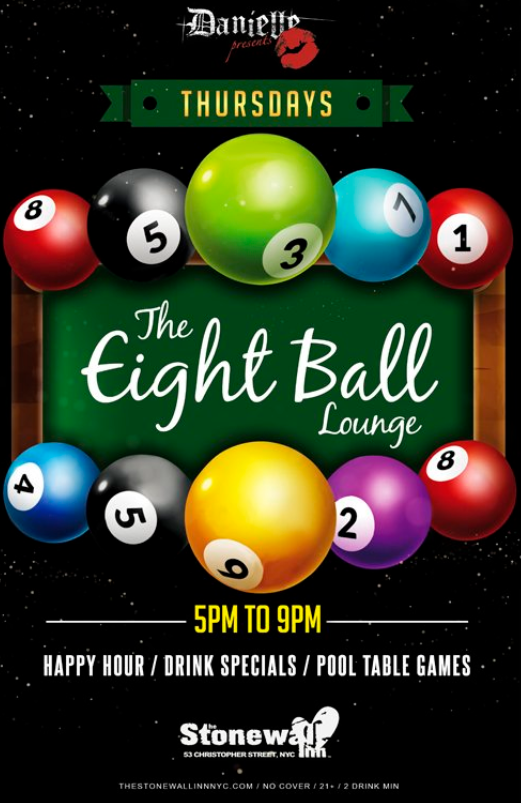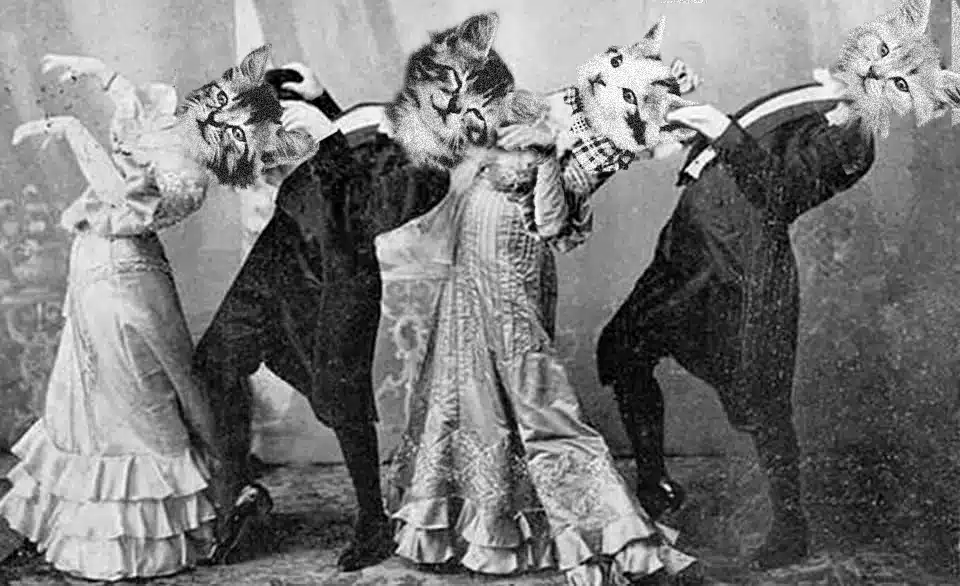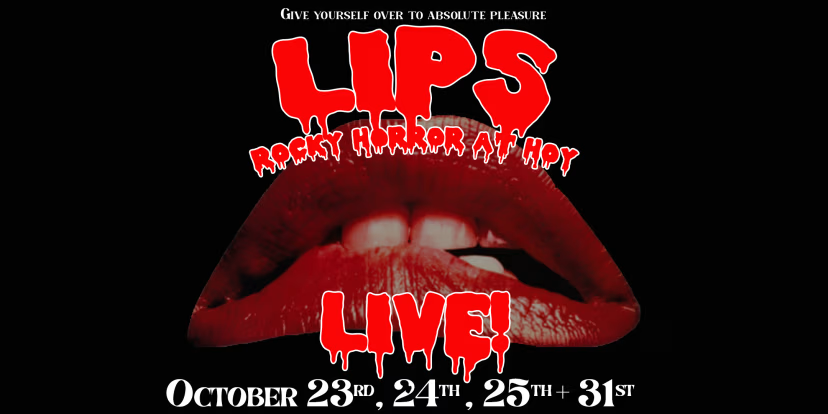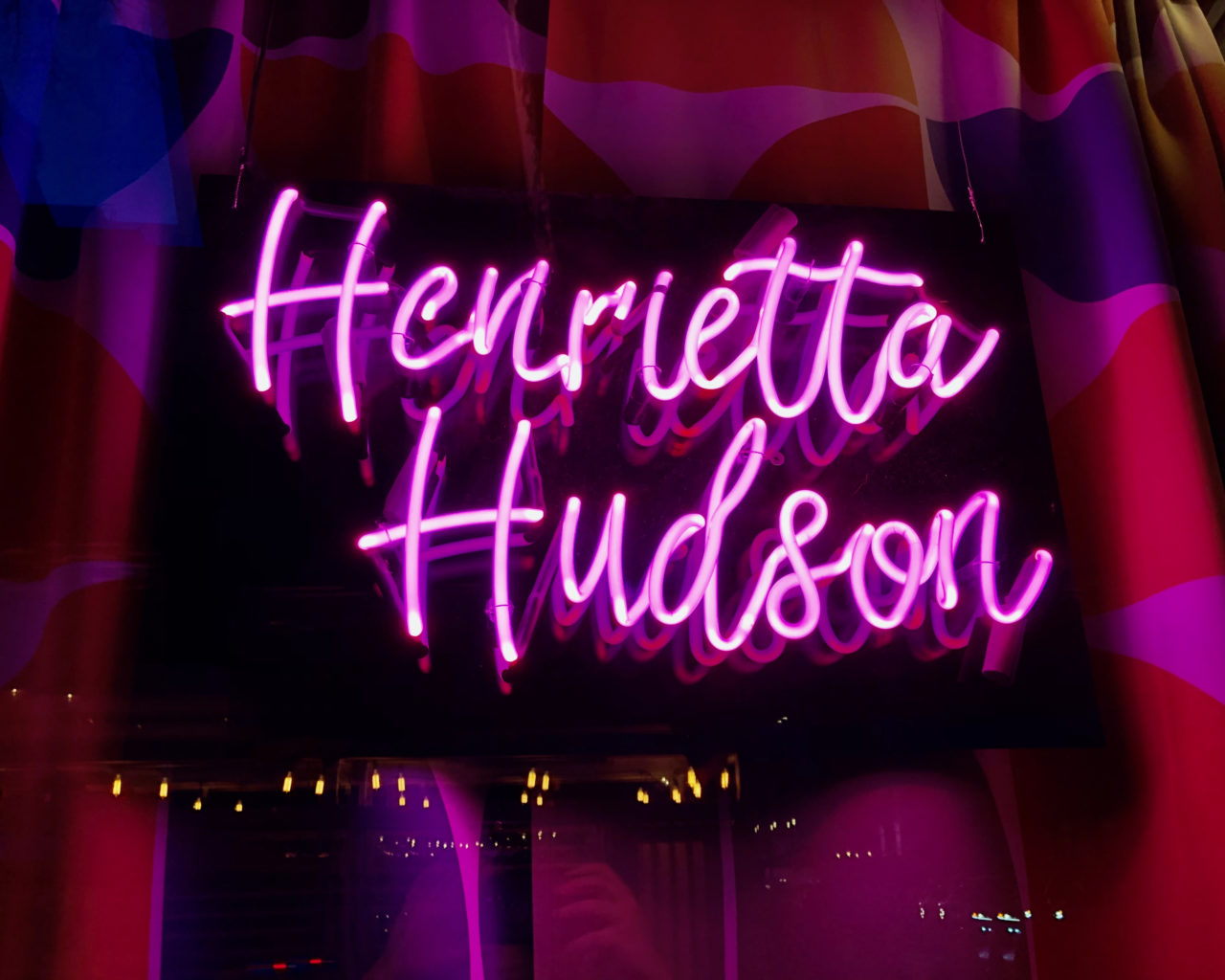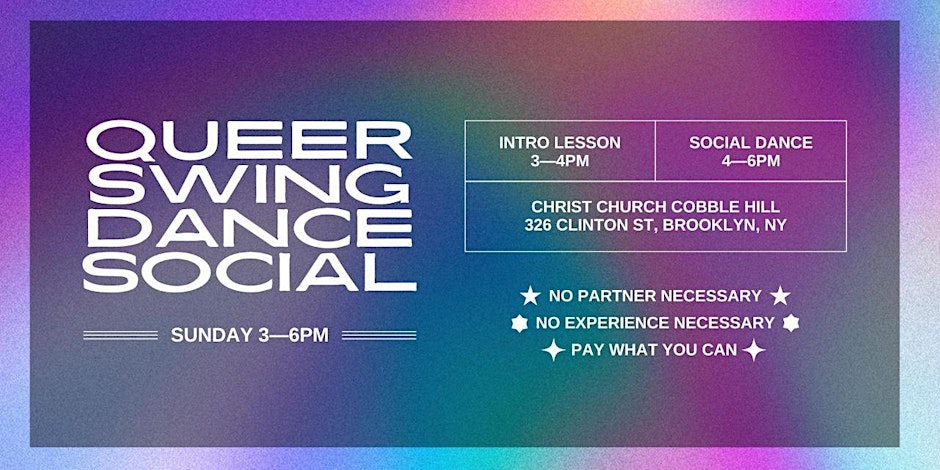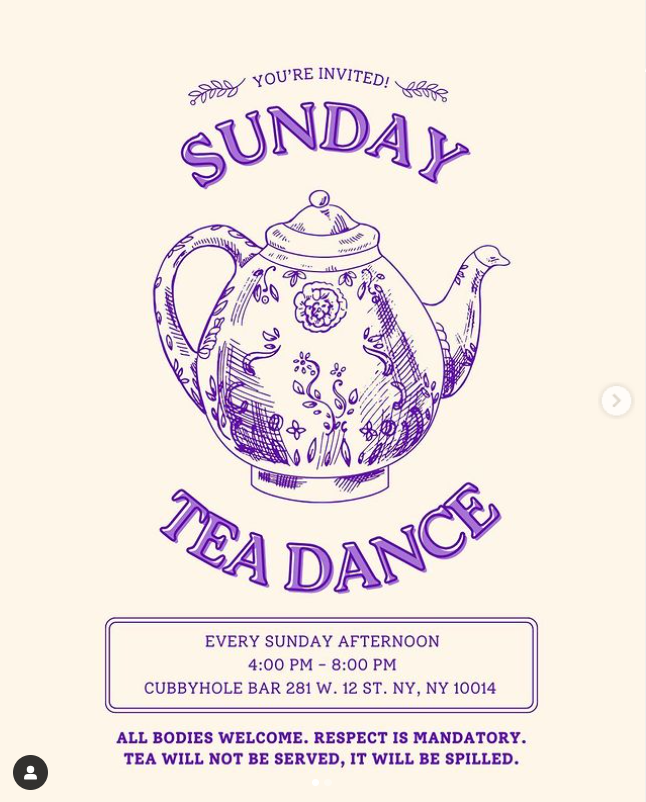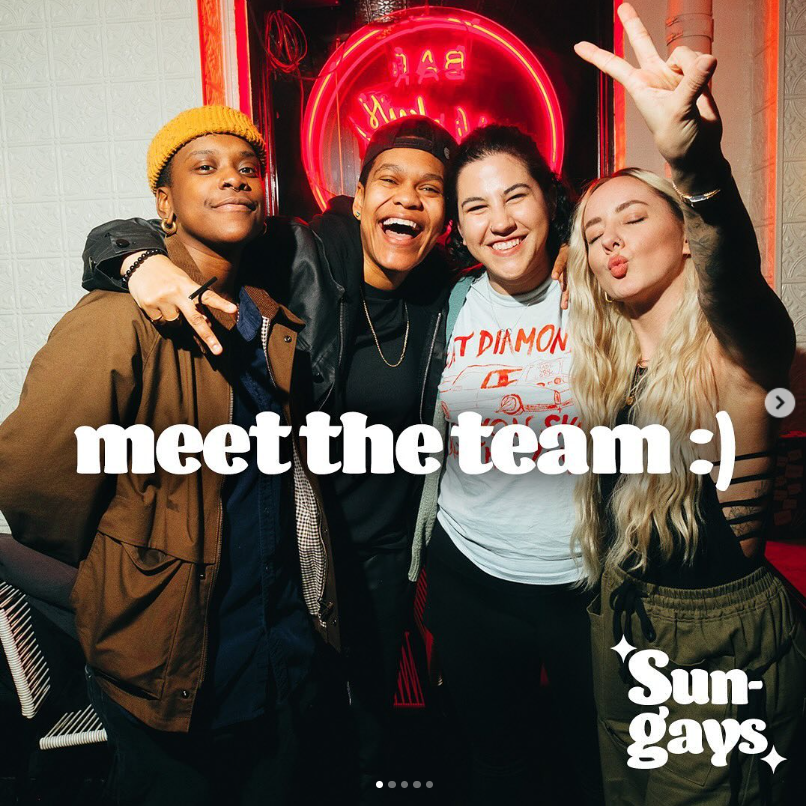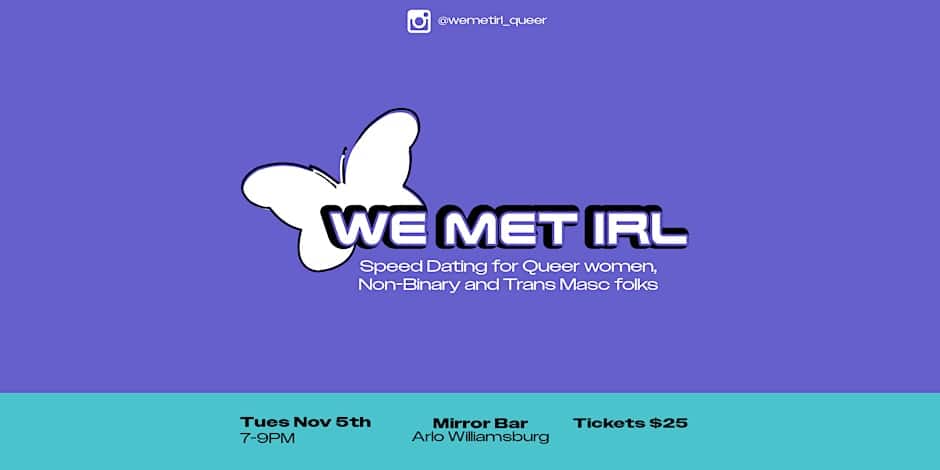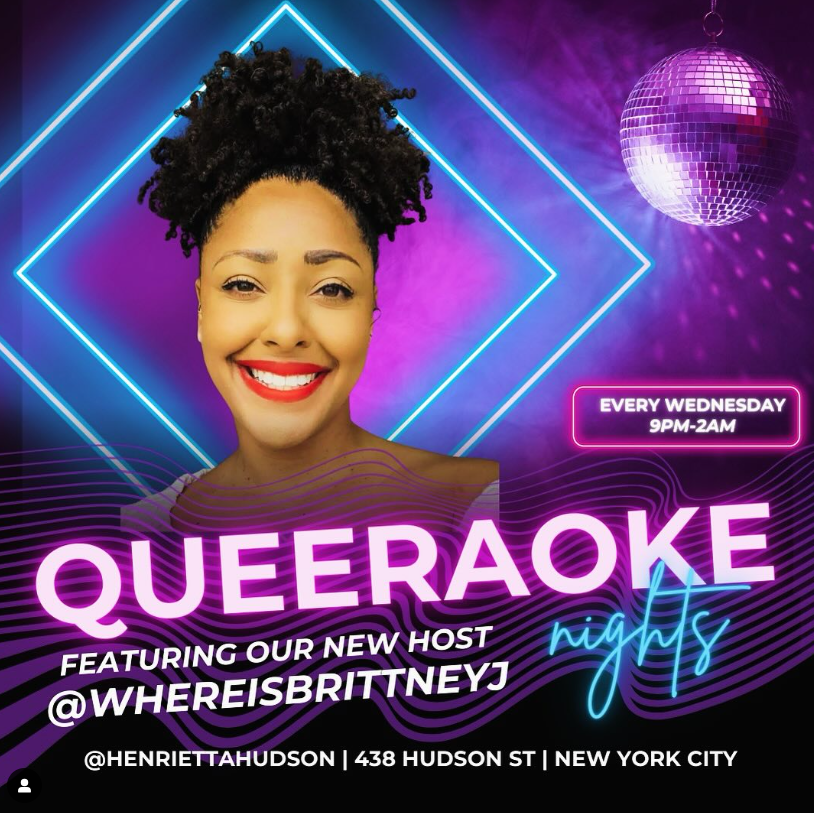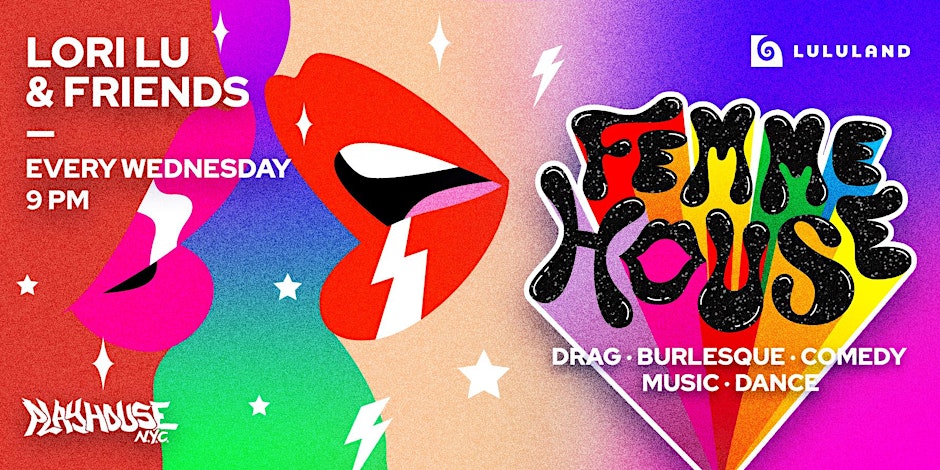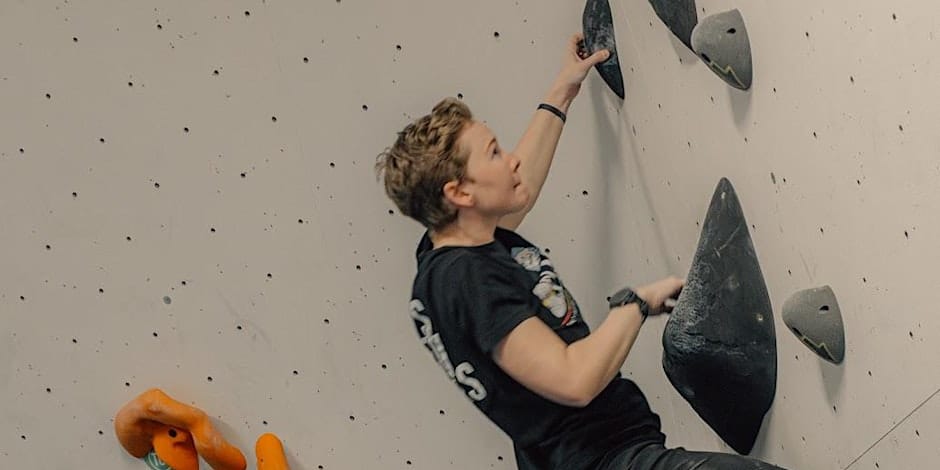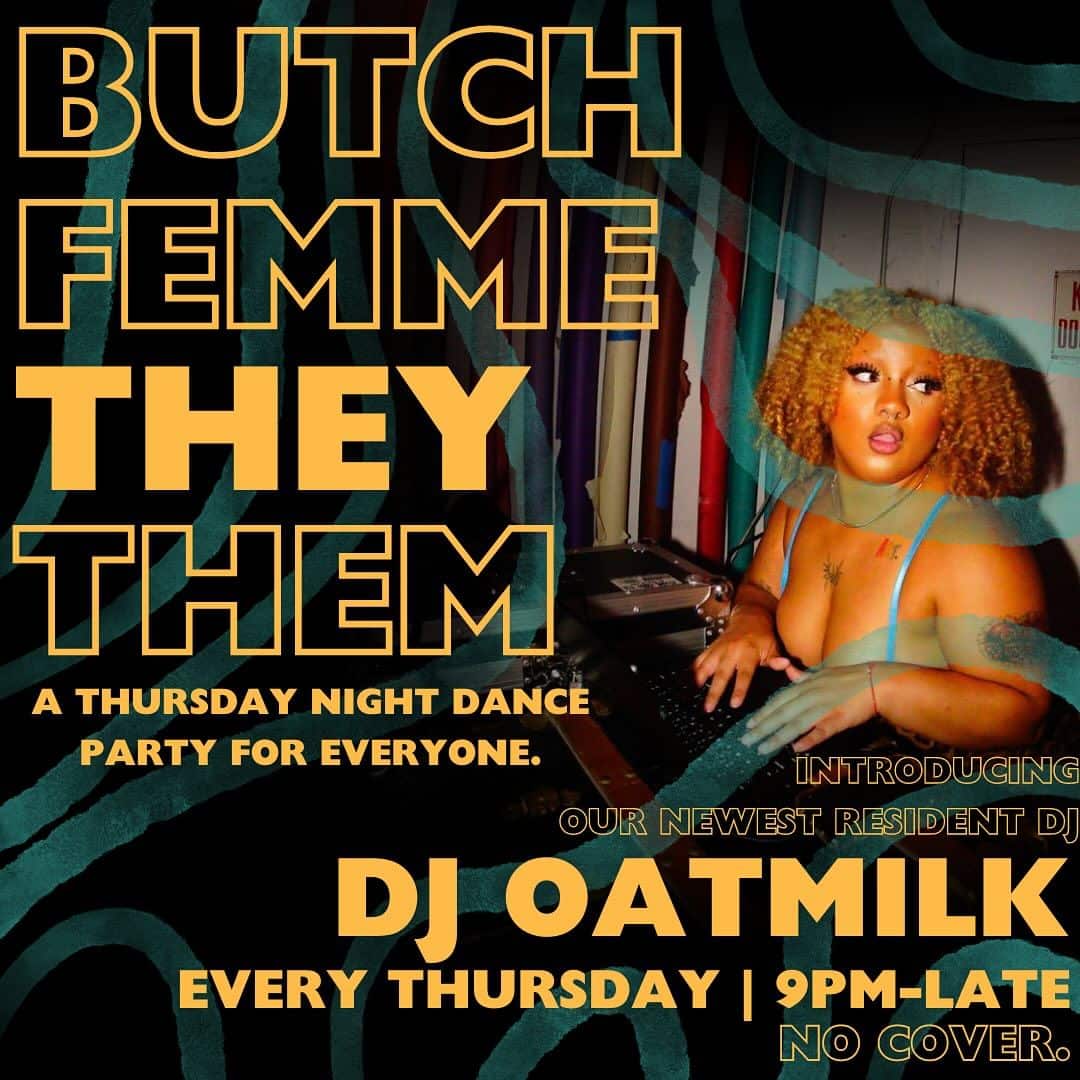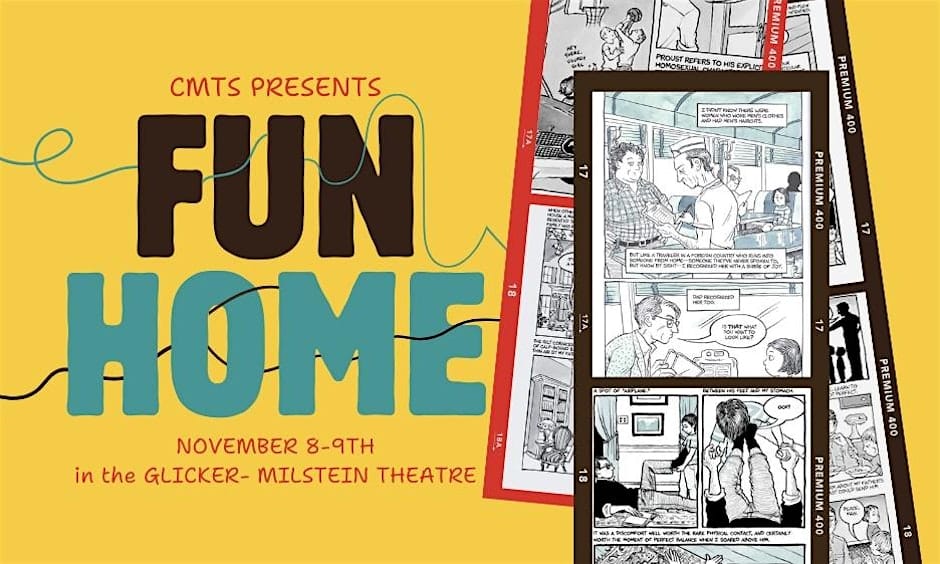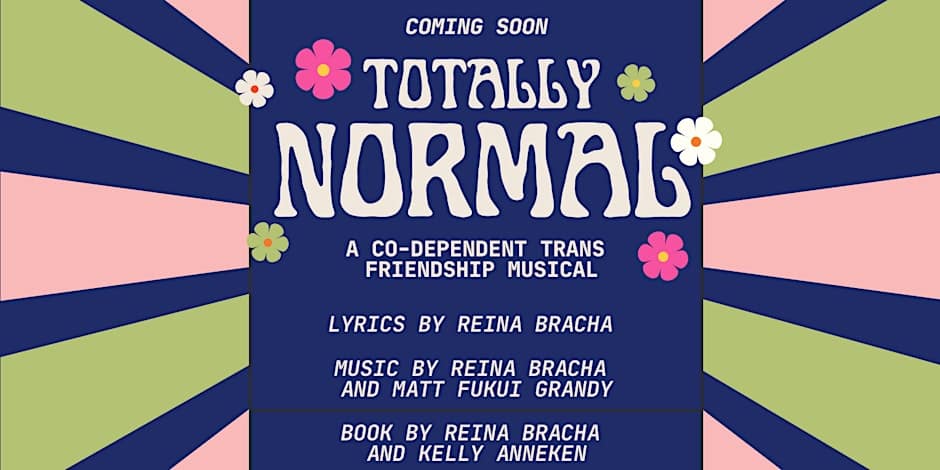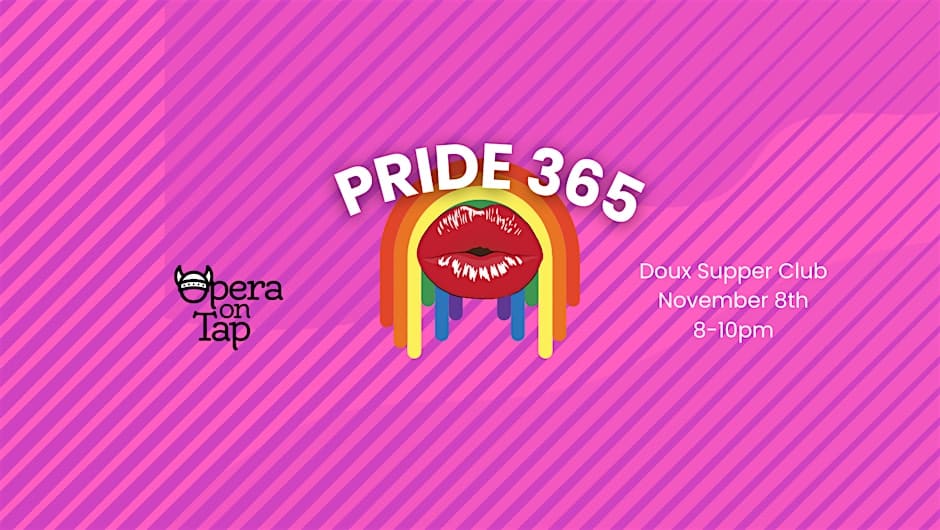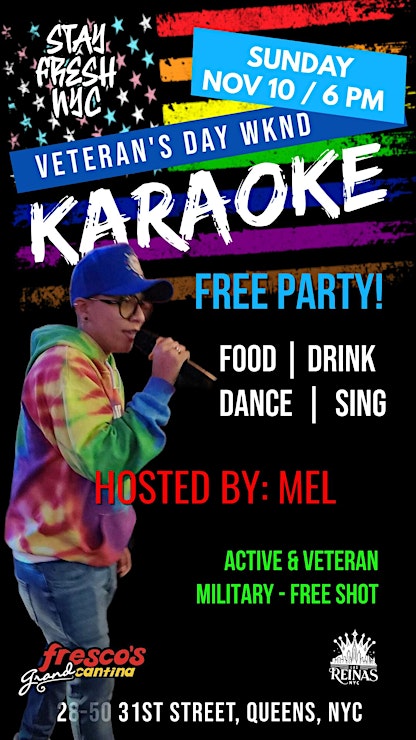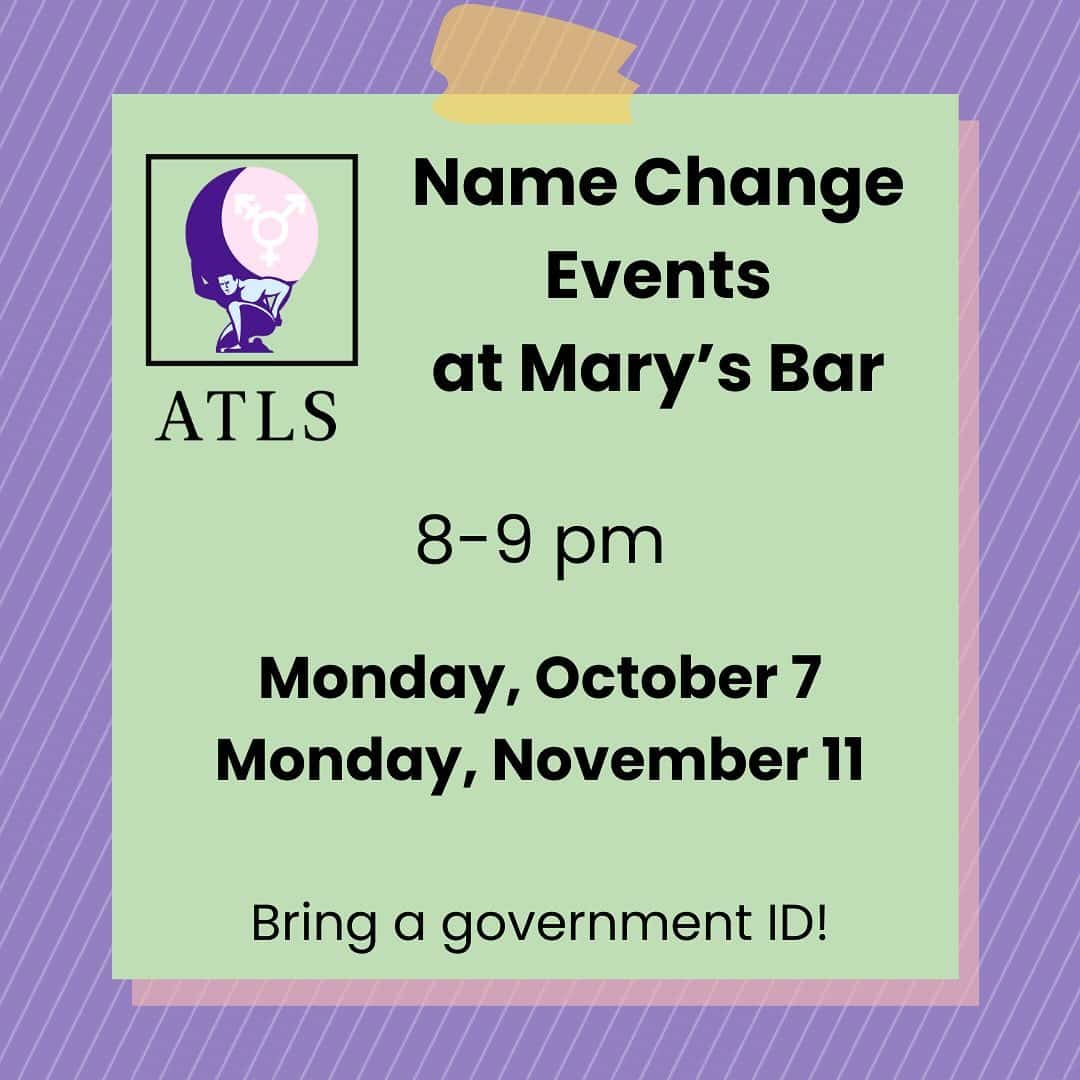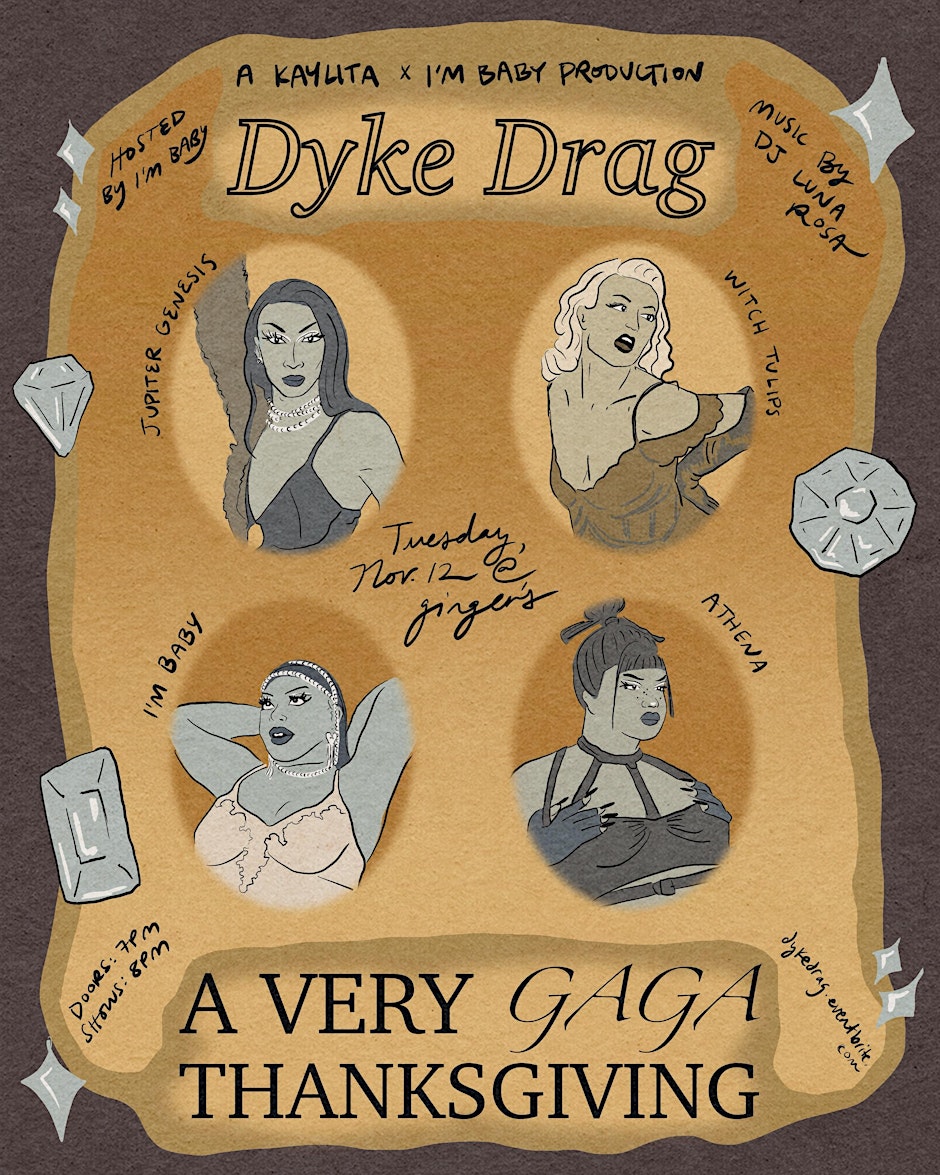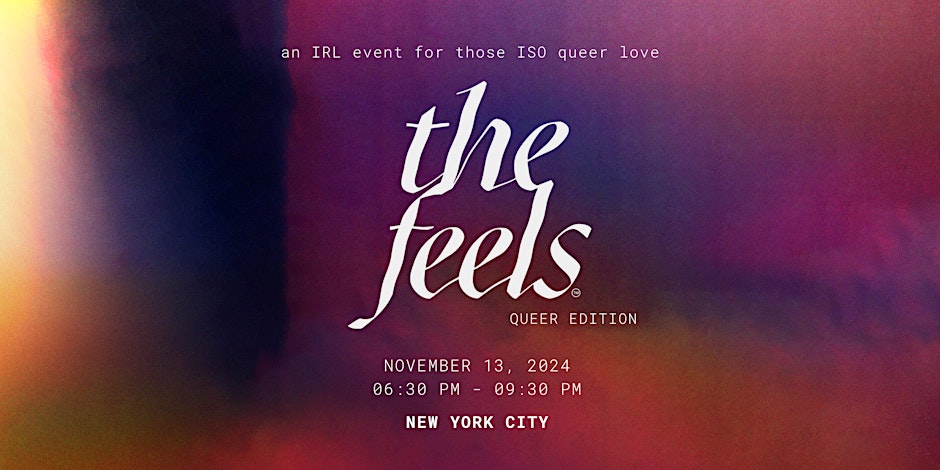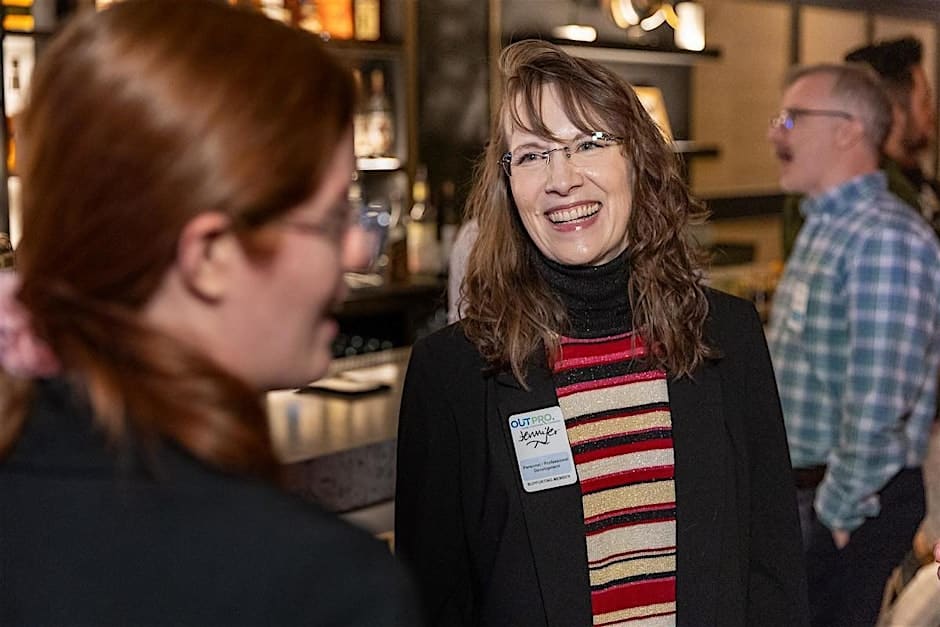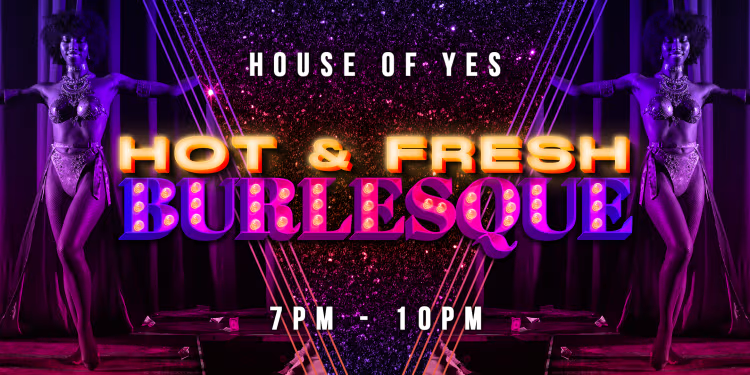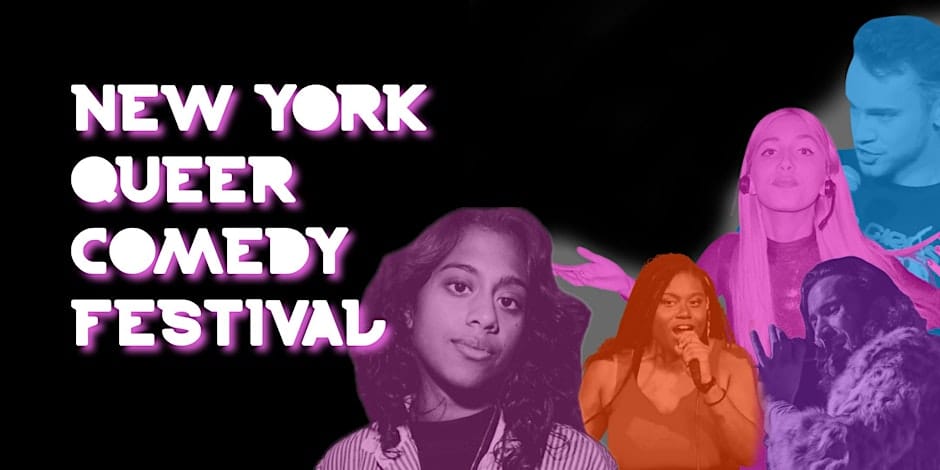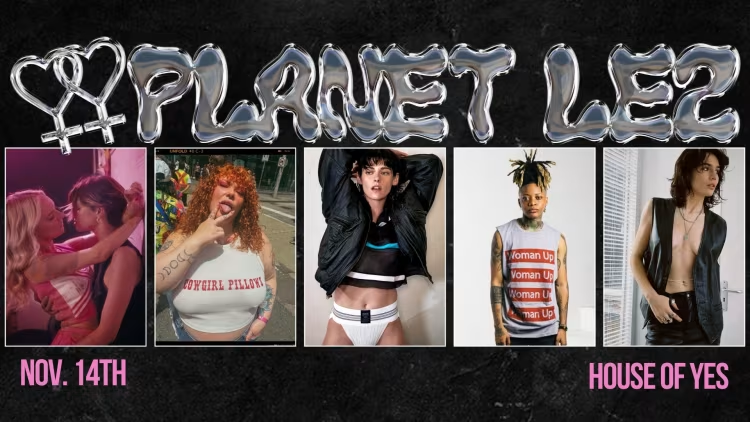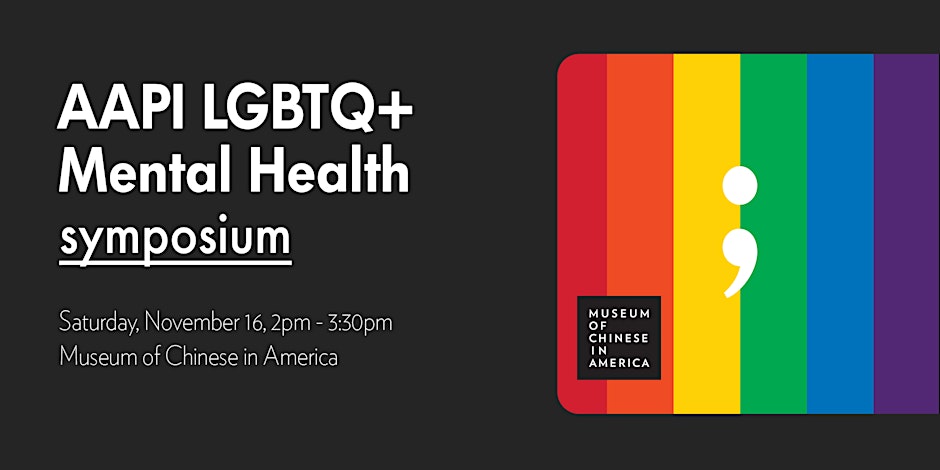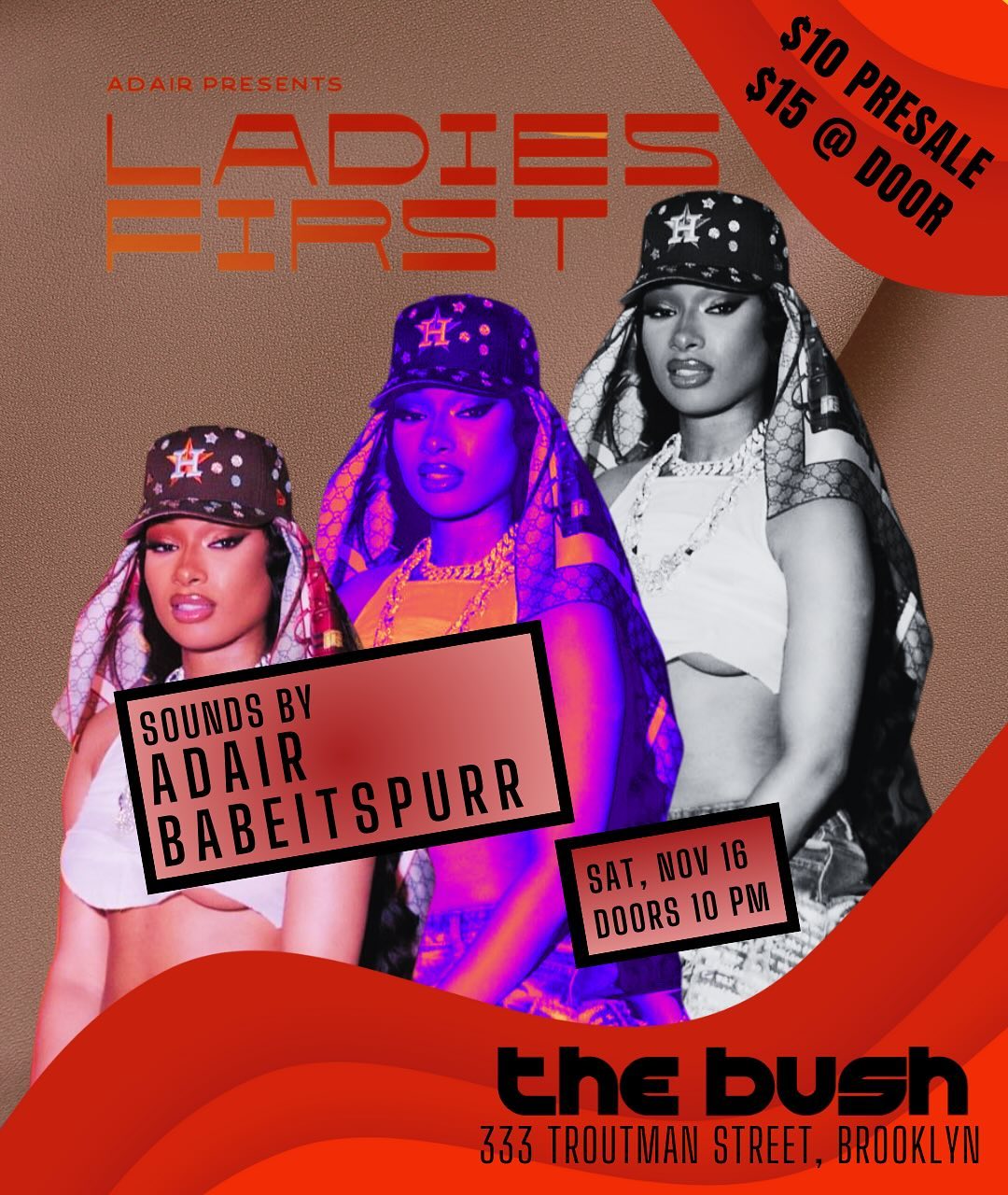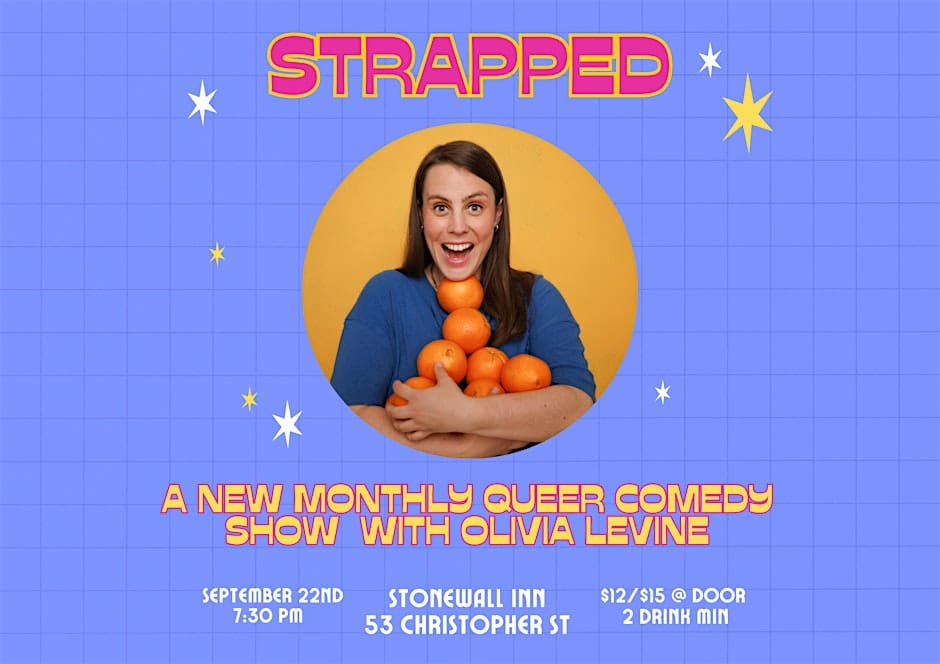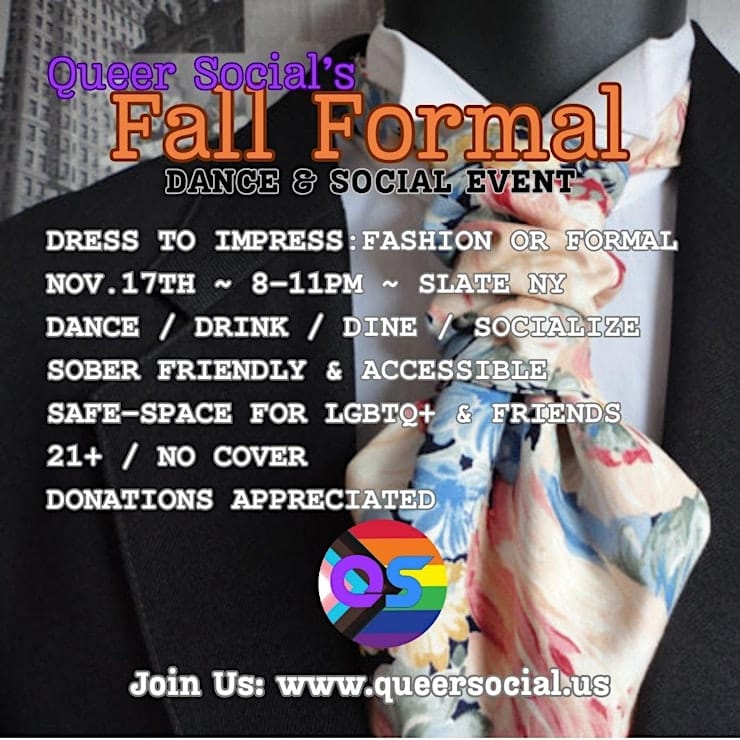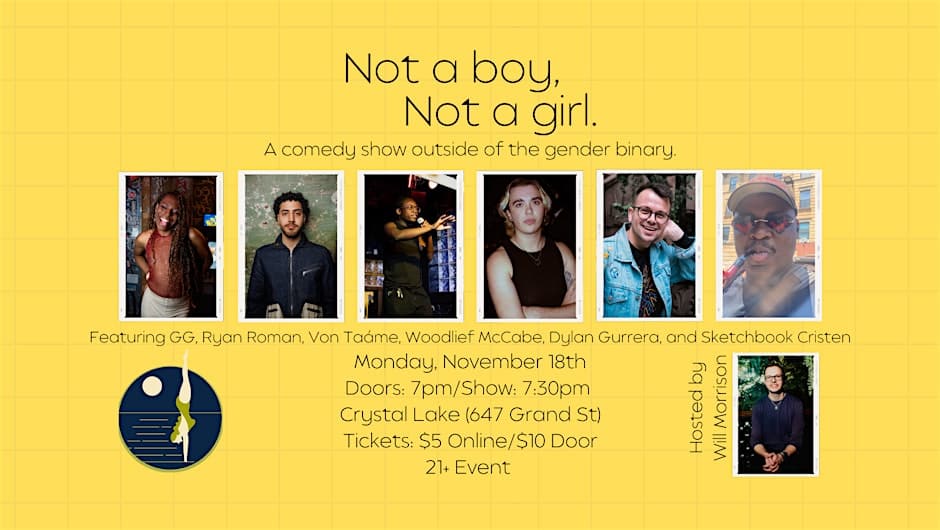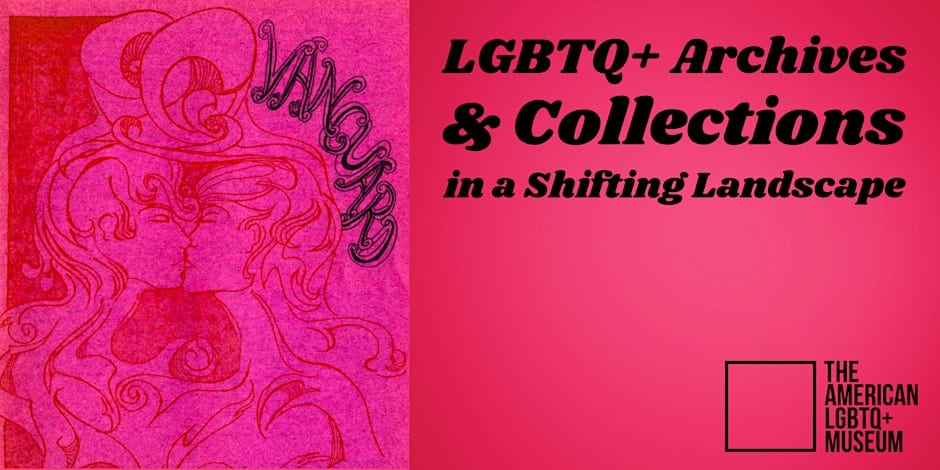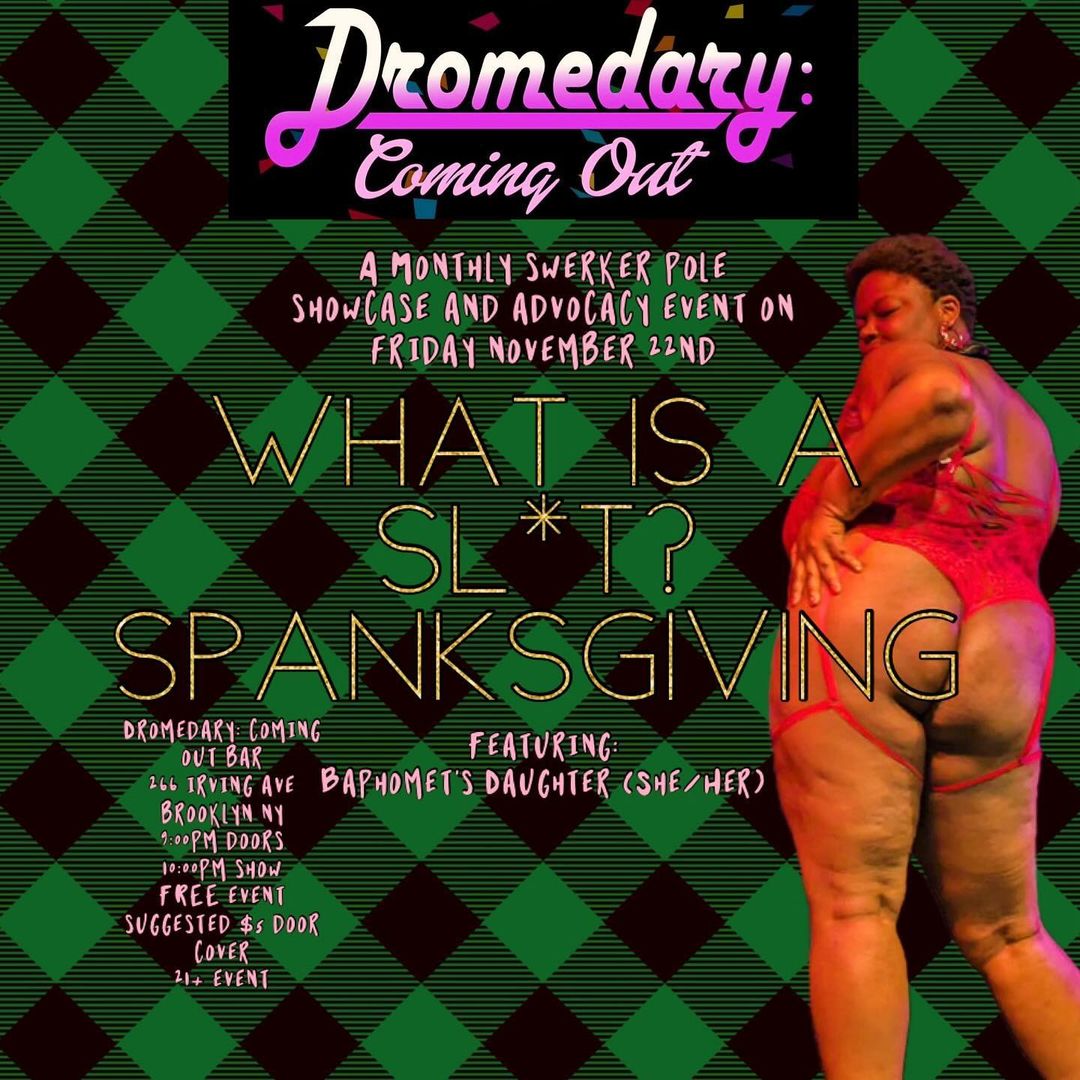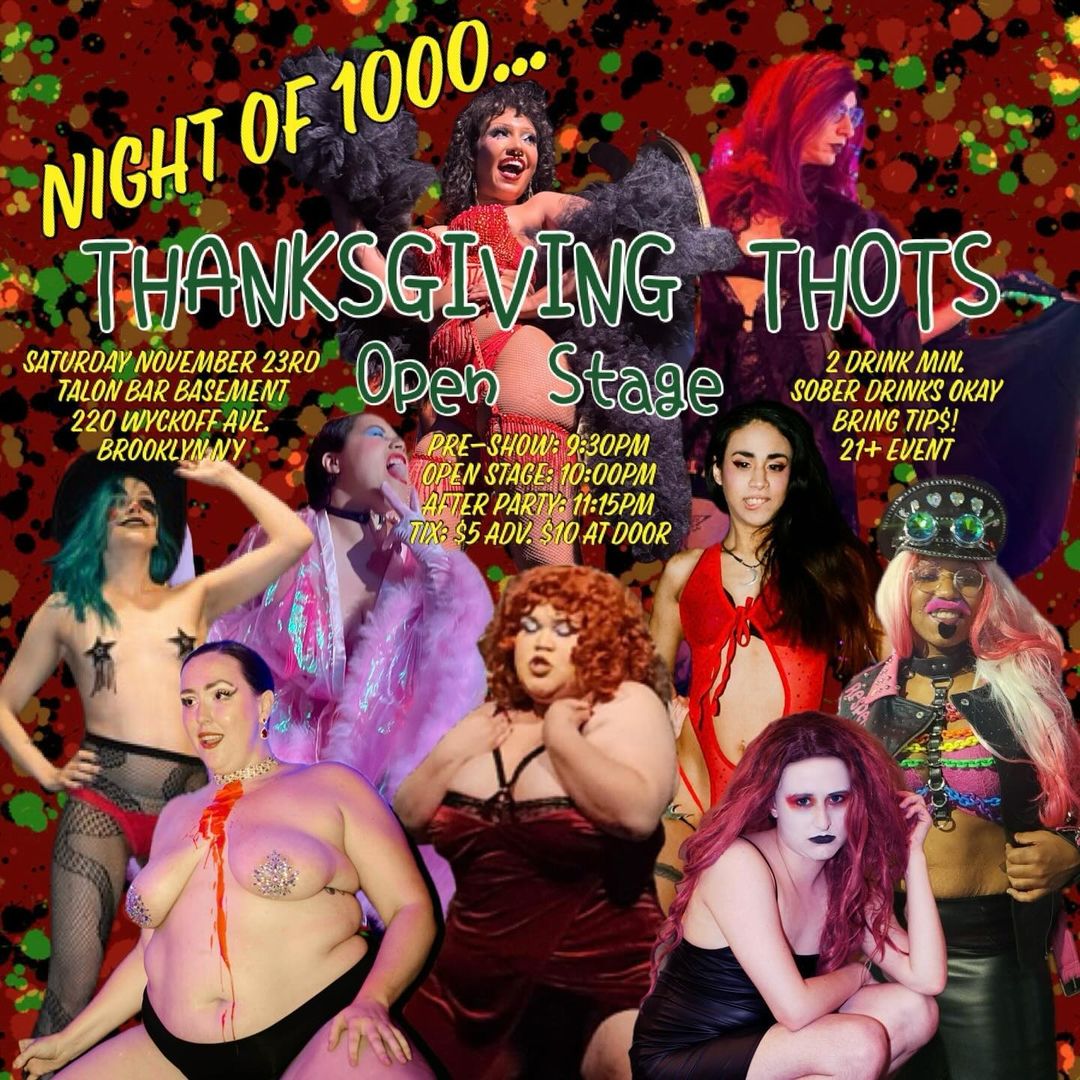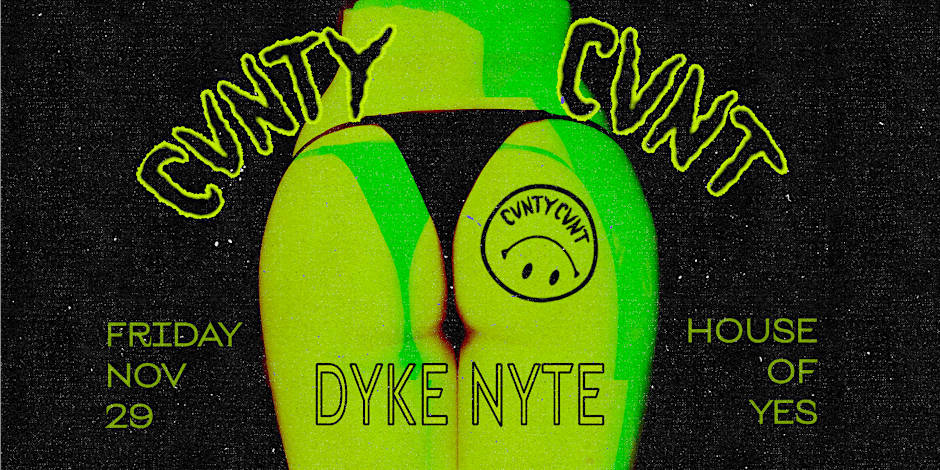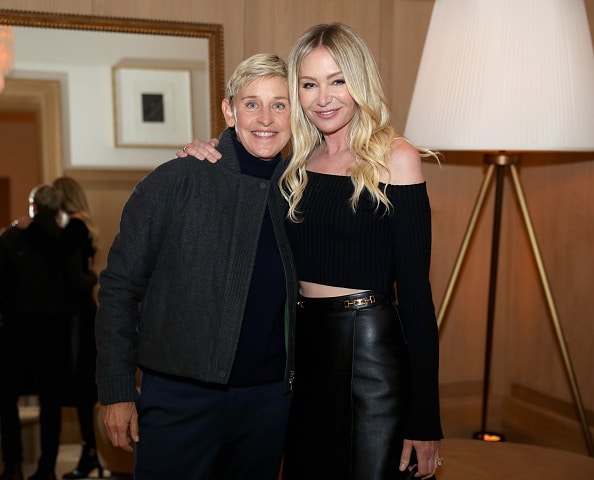There is a moment early in the gameplay of “The Last of Us: Part II” where the player controls nineteen-year-old Ellie as she walks through Seattle’s Capitol Hill neighborhood. She slides past the watchful eyes of an over-militarized group seeking to clear and control the area. Part II, which comes after a 2013 pandemic-themed horror original, comes at a surreal time.
As COVID-19 threatens lives globally and factional violence is enacted nightly in American cities, the game asks that you inhabit Ellie as she sneaks, burns, punches, and shoots through a ravaged residential landscape on a quest for revenge. Sometimes Ellie is accompanied by her bisexual Jewish girlfriend, Dina; other times Lev, a transgender boy played by Ian Alexander (the trans actor better known for his appearances as Buck Vu on Netflix’s “The OA”). Although I did some truly awful things — I burnt a dog, stabbed a man about to be relieved of his post in the throat and watched his body clumsily shudder to the ground — things which are hard to forget even weeks after playing, it is something Lev says that I can’t forget. It is a line that strikes me as a shocking confession, and subversion of the tropes which queer (and especially trans) characters are subjected to: “We are not allowed to have regrets.”
This line comes after Lev, who is only thirteen, and the player slice through a handful of Seraphites, who are a third of the civil war that plagues the area in and around Washington state. They are devotees of a woman who kept her neighborhood safe from the chaos of the original outbreak and was later killed by Federal Disaster Response Agency officials. Like I said, not hard to imagine. They avoid technology and are hunting Lev, an apostate from their sect, after he shaved his head and refused to be an elder’s “wife.”
It’s a narrative that, as much of the story turns out to be, is not too far from the lived experiences of many queer people, who find ourselves at odds with the roles assigned to us and are rejected by members of our families and faiths. Although few of us need to use and rely on a bow and scavenged arrows, we all have regrets and, like Lev, are not allowed to express them.
There are moments where I would like to say, “I regret that I came out to my family the way that I did,” or admit that there are days — gloomy, awful days where doubt seems to grow on the walls like mushrooms growing on a corpse slouched under the weight of fungus — that I regret coming out and wonder what my life would be like if I hadn’t. These moments of doubt are seized by the proponents of the just-a-phase-crew, the de-transition crowd, the “you’re-not-really” skeptics. To see a transgender character confess this in the midst of a blockbuster sequel shocked me.
There are many moments when the “Last of Us: Part II” asks the player to do something she doesn’t want to do. In one scene for instance — this one optional, the result of exploring — I happened into a unit in an abandoned apartment building. There was a tomato plant maturing in a pot by the window and so many supplies that somehow hadn’t been picked clean in the 25 years between outbreaks. By the time that it dawned on me that maybe this apartment hadn’t been abandoned after all, it was too late. A man grabbed me and threw me forward against a kitchen counter; I elbowed him in the face then smacked him with a piece of wood that splintered in my hands before he bled out. His companion cried his name and begged me to let her live, but I knew — it’s not an unscripted mechanic — that she would come after me if I let her.
There are critics of the game who rightfully wonder if such violence is necessary and if it is worth the effects it must inflict on the game designers who spent so much time with it. There are others who say its only purpose is to advance the developer’s assertion — which is of course true — that violence is bad. What these moments really do is wake the player up, to remind her that as much as these actions become muscle-memory recitations of button presses, they are not normal; they are not even particularly fun. By inhabiting Ellie for this twelve or so hour section of the game, the player cannot be numbed and must, unless they are much more iron-willed than I am, regret the things they’ve done.
It is a truly grim game and one that is not for everybody. The shocking things the player does, the violence of this world, also serves to highlight the moments of queer joy and normalcy: Ellie and Dina dancing at a winter ball, smoking a joint and tracing each other’s scars. In a quiet moment, Dina tells Ellie, “You’re infuriating.”
“Have you met you?” Ellie asks. It’s a little play, even if more honest than either one knows. “You make me want to go back outside in that blizzard,” Dina says. “No one is stopping you,” Ellie says as they kiss.
“The Last of Us: Part II” is a game that is aware of the tropes and works handily to subvert them. Our gays are not buried, the trans characters are not deceiving, and what begins as a western ends with the realization that just because the brazen explorer can head west, it does not mean it is there for anybody to take.
In this game, horrible things happen to the queer characters. Lev is dead-named. Chosen families form and fall apart. They struggle — as real-life queer people do — and in this struggle, they do things they don’t want to do, that the player doesn’t want them to do. This is bitter representation, but it is necessary, especially because when we act despite our better faculties, we are at our most authentic. That’s how our stories should be, too.


